I have been thinking about how I can help my students with their theses, particularly because our programs are rather compressed and they need to get a lot done in a very short period of time. I’ve been working on developing a strategy to discern “the gap in the literature” that I plan to test with Masters and undergraduate students. Possibly also with PhD students.
I have developed several strategies to teach how to craft a good research question, how to find the gap in the literature. But when I had a meeting with Masters students recently and I taught them how to use some of my methods, they seem a little bit confused as to how to choose what exactly they should study.
Let me begin by saying what I told them at the beginning:
YOU NEED TO READ. A LOT.
I understand that doing literature reviews is challenging (I have an entire section in my blog with multiple strategies to tackle the process of reviewing the literature). But if we are in the world of academia to contribute to our fields, we really need to read A LOT, because otherwise we may end up claiming that we have done something new that has already been published elsewhere (or in another language).
But I always try to help them by asking them to focus their search and their research on 4 elements:
We conduct a review of the literature in order to develop one or more of these elements:
1) what has been done before, what has been studied and how it has been analyzed,
2) the foundations upon which our own work can be developed further,
3) any spaces where we can embed our own contributions, and/or
4) a map of themes showing connections between different topics, ideas, concepts, authors, etc.
When I teach strategies to systematize the literature, I usually tell them to use my Conceptual Synthesis Excel Dump (CSED, or Excel Dump in short).
As they read each article/chapter/book chapter/book, they drop their notes into their Excel Dump.
But when my students asked me “how do I ensure that I am tackling a DIFFERENT research question to the one others have worked on?” I had to pause. This is a valid question, and I thought about how they could do this in an easy, and visually appealing way.
So this is what I did: I developed an Abstract Decomposition Matrix.
Both Dr. Jessica Calarco and I use a very similar method to craft abstracts (using 5 elements, or asking 5 different questions). So I used one of her own articles and decomposed her abstract with an Excel template I developed.
Even if I haven’t yet fully read the literature, or don’t work in the field (I don’t, I study entirely different things to Dr. Calarco), I can start imagining extensions of her work, different methods, other case studies/countries/populations/types of schools.
DOING THIS ABSTRACT DECOMPOSITION EXERCISE HELPS ME THINK OF NEW DIRECTIONS FOR MY OWN RESEARCH.
Now, does this abstract decomposing strategy work in other fields? I applied the strategy to this paper. While I had to “fill out” some of the details of the 5 elements framework, it does give me clarity on potential avenues for further work.
I did this for a third paper, and the strategy seems to hold relatively well.
Thus, what I am planning to do with my students is to ask them to survey the literature and decompose abstracts of articles they read so they can see what’s been done. Once their Abstract Decomposition Matrix is complete, they can see where they can focus their work.
This exercise does NOT substitute my Conceptual Synthesis Excel Dump (CSED), but I believe it complements it. You can do an Abstract Decomposition Matrix exercise with, say, 10-15 articles, and from there, you can triage and decide which ones you will read in more detail. Although I have NOT yet tested this strategy with my students. I plan to do so this summer and fall, and will report back. I am confident it will be helpful.
Before anybody asks: yes, in this particular 5 elements abstract decomposition strategy I use the authors’ exact words. My Excel Dump technique asks of the reader to use their own words in the notes. What I noticed as I was filling out one of the ADM templates is that sometimes you will need to use your own words to fill in the gaps. I think this is good.
In the meantime if you are teaching how to review the literature for your students, this is how I conducted one in an entirely new-to-me method (hospital ethnography). These two posts (from reading a lot to writing paragraphs of your literature review and mapping a new field of research) may also be helpful, particularly if you’re delving into entirely new fields/areas/methods.
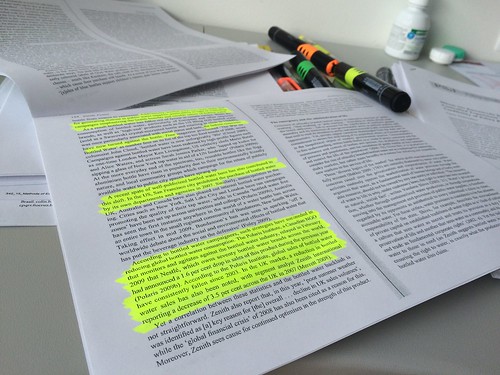
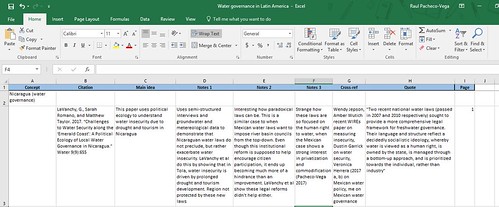




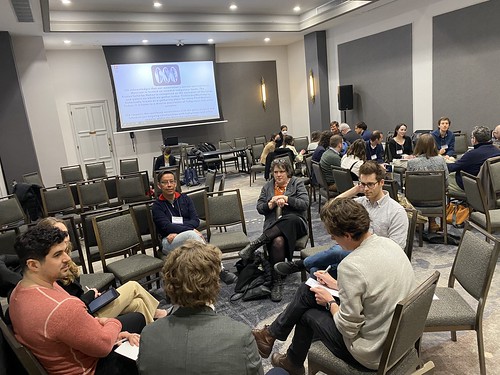




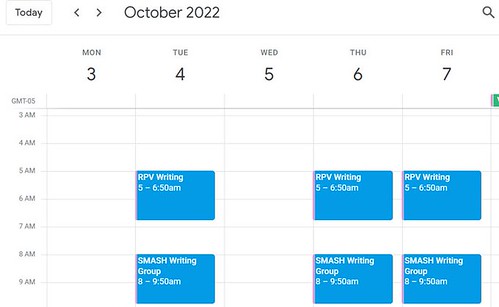


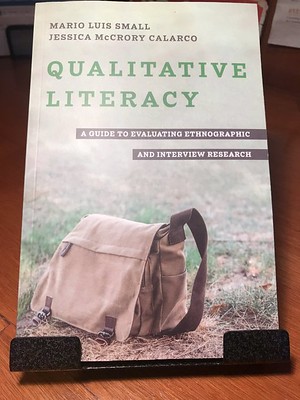


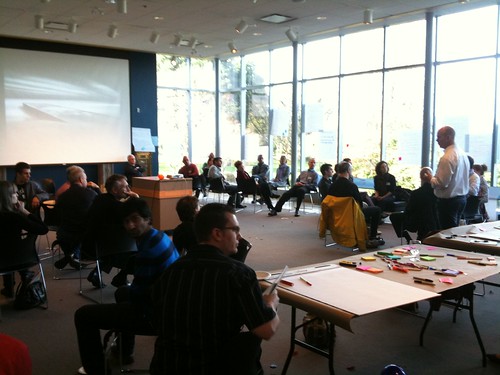


Recent Comments